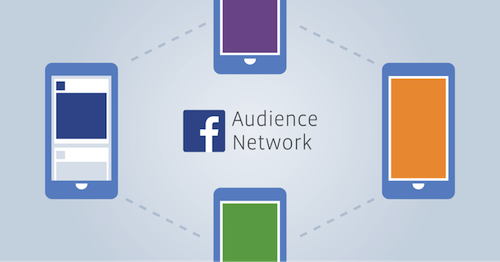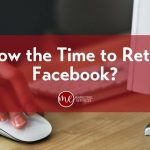What Does Facebook’s Move Into Header Bidding Mean?
by Tobi Elkin, Staff Writer @tobielkin, August 26, 2016

It looks like Facebook has thrown its enormous hat into the ring for header bidding. The news was broken in The Information this week. Basically, Facebook has decided to test header bidding with a few publishers that are speculated to be USA Today and Hearst, according to the report.
Header biding technology has been ad tech’s response to Google’s stranglehold on ad inventory via its DoubleClick Bid Manager (DBM). What header bidding does is enable Google’s competitors to leapfrog to the front of the queue to compete for the best ad spaces. Header bidding helps publishers get the best price for their ad inventory because the technology enables multiple exchanges to compete with each other — and a publisher’s in-house sales team. And this drives up ad rates.
Many or most ad tech companies and exchanges are already offering header bidding and their clients are finding success with it. What does it mean that Facebook has entered the fray? Well, for Facebook, it might mean that an expansion of its Facebook Audience Network (FAN). This would essentially mean that FAN would have access to Facebook and Instagram users on mobile and desktop. For FAN’s publishers, the move will open up another demand source which could increase yield.
There is no doubt that once this is up and running, Facebook’s move will mean more pressure on competitors for high quality ad space.
It has also been reported that Facebook is creating connections to the mediation layers of native advertising supply-side platforms (SSPs) and ad servers in a bid to scale native ad supply for FAN. The partners involved include TripleLift, Sharethrough, and Nativo. Interestingly, RTBlog asked Justin Choi, CEO of Nativo on Thursday about Facebook’s moves. Choi alluded to some forthcoming news with partners but declined to elaborate on details at this juncture.
If Facebook partners with existing native platforms, it would give FAN access to the native ad templates it prefers for creative, in addition to thousands of publisher connections.
Facebook’s header bidding placement strategy is likely to use native placements and standard IAB (Interactive Advertising Bureau) ad units. While Facebook prefers native ad formats because they’re known to perform better, it still needs standard banners to help it build FAN’s scale.
Facebook’s latest moves show that while it has a big footprint, it still needs more access to ad supply. It needs to use FAN to create more real estate for ads too. Facebook’s move into header bidding without the aid of ad exchanges and SSPs means that it’s essentially cutting the middlemen out even as it secures access to ad supply. SSPs’ days may be numbered if this is the case.
And, for publishers, they are rapidly being cut out of the equation as Facebook begins to have a direct connection with publishers’ clients and audiences.
Gina Kim, VP of Partnerships at Adelphic, commented on Facebook’s move: “If Facebook is successful with its header bidding solution, onboarding more publisher supply to FAN and into its walled garden API, it may mean less supply and higher CPMs for Open RTB inventory.” Kim went on to say: “It will also help publisher yield on inventory as they are able to bypass the traditional waterfall and even the playing field. For buyers, there is the risk that they bid against themselves and artificially inflate prices. But as brands leverage both first-party data and learned insights, there is also the opportunity to engage their target audiences against new and more differentiated supply.”
MediaPost.com: Search Marketing Daily
(56)











